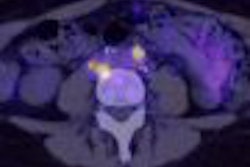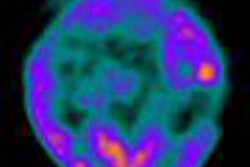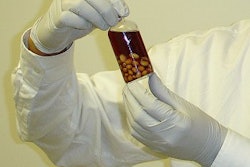Dear Molecular Imaging Insider:
If you are contemplating the purchase of a new high-resolution PET/CT system or upgrading your conventional PET/CT to the newer technology, you may find a recent study from the University of Minnesota in Minneapolis most enlightening.
Researchers have concluded that maximum standardized uptake values (SUVs) for head and neck lesions are significantly higher with high-resolution PET/CT than with conventional systems. The report recommends that radiologists and clinicians adjust the SUVs accordingly on a high-resolution PET/CT scanner to avoid false positives and the misclassification of benign tumors as malignant. Click here to learn more.
Also in this edition of the Molecular Imaging Insider, read how FDG-PET/CT should become an integral part of evaluating patients with high-risk cervical cancer to determine the most appropriate therapy. A study from Stanford University in California found that FDG-PET/CT can be quite valuable in identifying residual and recurrent cervical cancer, as well as the localization of distant metastases.
The benefits of PET also are coming to light in initial findings from the ongoing National Oncologic PET Registry, which confirm that referring physicians often adjust their cancer treatment management based on PET imaging results. More on the early results of the initiative, and plans for the future, can be found by clicking here.
As always, our thanks for your support of the Molecular Imaging Digital Community. Stay tuned for relevant information and research as it develops in 2008.




















